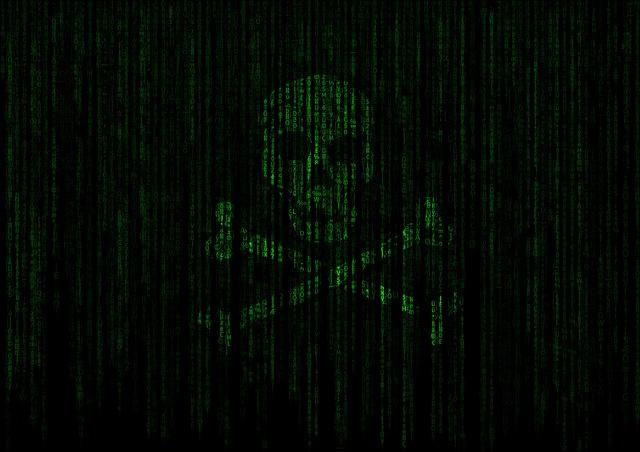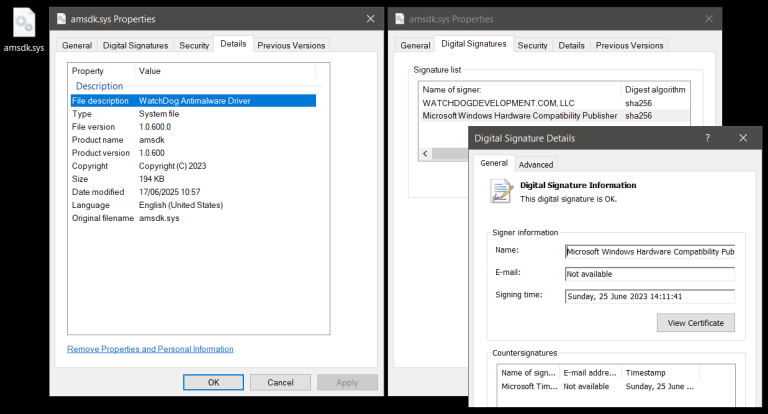
Image Source: Unsplash

Studies show that in the first half of 2019, data breaches exposed 4.1 billion dollars worth of information.
With such a high figure, your business could be exposed to the same risks if your security controls are not strong enough to withstand cyber attacks.
Getting a cyber essentials accreditation, however, will help you establish the right security measures and strengthen your existing controls to protect against common cyber threats.
Plus, getting certified shows your customers your commitment to keeping their private information secure — increasing their trust in your business.
If you want to learn more about cyber essentials certification and how it can bolster your security controls, then read on to find out.
Getting certified and why it matters
Cyber Essentials is a government-backed certification scheme that outlines a good starting point for your cybersecurity.
The framework outlines five technical controls that your business needs to implement correctly to achieve certification and prevent around 80% of cyber attacks.
For instance, one of the critical controls you need to set up is patch management.
This means you’ll need to update your software and programs regularly — such as Intel patches to fix vulnerabilities in Linux and Windows drivers.
Aside from strengthening your security controls and protecting your business from the vast majority of threats, being cyber essentials certified provides other benefits to your company.
Achieving certification can help you address compliance requirements like the EU General Data Protection Regulation (GDPR).
This helps you avoid potential penalties for violating data security regulations.
Getting cyber essentials accredited also allows you to bid for UK Government contracts that involve the handling of sensitive and personal information.
Plus, it will increase your opportunities to work within the private sector.
When you get certified, displaying that cyber essentials badge on your website shows your customers your commitment to keeping their data secure and nurturing their trust in your brand.
Understanding what you need to protect from
The growing number of cyber attacks on businesses is one of the reasons why the cybersecurity startup scene is accelerating along with long-established web security service providers.
To fortify your security measures effectively, you’ll need to understand the cyber threats that your company is potentially facing.
After all, the more you know about your vulnerabilities and how cybercriminals carry out cyber-attacks, the better equipped your company will be to defend against them.
Attackers can use many ways to steal your business-critical data, such as infecting your system with malware to damage, disrupt, or gain unauthorized access to your sensitive information.
Without proper cybersecurity training and awareness, your employees could also be vulnerable to social engineering attacks that deceive them into divulging sensitive data to be used for fraudulent activities.
Through the cyber essentials certification process, you’ll have a security checklist or standard to compare the condition of your current cybersecurity controls against.
This way, you get to assess your security vulnerabilities, improve your security controls, and, ultimately, bolster your protection measures against cyber threats.
Setting up baseline security measures
Your company needs to maintain the five security controls that form the basis of secure computing to a good standard to comply with the cyber essentials requirements.
The five technical controls include user access controls, having a secure configuration, boundary firewalls and internet gateways, patch management, and malware protection.
To help ensure that the five security controls are effectively protecting your company from cyber attacks, though, you and your employees will need to exercise best practices:
- Firewalls and anti-virus software
Enable firewalls on all your internet-connected devices to help filter out anything that can sabotage your systems. They also prevent you from accessing illegal, malware-laden websites.
You must also install always-updated anti-virus and anti-malware software. Without them, harmful elements can freely penetrate your devices, networks, and company website.
They can even infiltrate your cloud-based systems, such as business intelligence software and online enterprise project management tools. Once these viruses are in, they can corrupt your data and files, give hackers complete control, and steal your valuable customer and financial data assets.
- Access control
You should also conduct a regular review of the list of your employees with admin access either monthly, quarterly, or annually, depending on the size and needs of your organization.
This helps you identify users who no longer need admin access based on their roles and remove or replace them as necessary.
Let’s say you use open source software for employee scheduling. If you and everyone in your company’s HR department can change the information anytime, you put yourselves in perilous security situations.
You increase the risk of people committing configuration mistakes, divulging confidential data, and others. If incidents happen and you need to find the culprit, you’ll have a harder time following the electronic trail.
That said, limit the number of people who can access your systems and files to those holding the most relevant positions only.
- Regular software updates and patches
Unpatched, outdated systems are among the most common mistakes cybersecurity experts and penetration tests discover. This is problematic since hackers can effortlessly manipulate them to gain unauthorized access to your networks.
So, ensure that all your applications, firmware, and operating systems on your devices are from suppliers that provide support such as regular updates and patches to fix any issues.
- Frequent backups
Additionally, you need to back up your data and software code regularly, especially if you have apps serving as your business’s lifeblood.
Remember that even app development and version control platforms such as Microsoft Azure DevOps, GitHub, and BitBucket can experience system failures and cybersecurity threats.
Unfortunately, many companies dismiss code and data backups because they are extremely tedious.
To back up your data and code painlessly leverage automated tools. If you’re using Azure DevOps, you can use Backrightup. It daily duplicates all repositories and other items automatically. This frees you up to do more productive tasks without worrying about maintaining your code’s security.
By ensuring that the five security controls outlined in the cyber essentials scheme are properly implemented, you can reduce the risks of cyber threats to your business.
The certification process
Getting cyber essentials requires specific steps that you need to take first before you are certified.
First, you can choose from two levels of certification to apply for — the standard cyber essentials accreditation and Cyber Essentials Plus.
For the standard cyber essentials, the basic process involves a self-assessment questionnaire about the five technical controls mentioned earlier and an external vulnerability scan.
To get the cyber essentials plus certification, you’ll go through the same process with the standard version, but it includes two additional items — a workstation assessment and an internal vulnerability scan.
Also, with cyber essentials plus, your five technical controls must be independently assessed by certifying bodies instead of doing it internally.
Although getting the cyber essentials plus can cost a bit more than the standard certification, getting that extra level of scrutiny helps ensure that your security controls are effectively keeping out common threats.
You can also reach out to cyber essentials certifying bodies first to help you assess which compliance standard works best for your business.
After going through the entire process, a final assessment report will be compiled and reviewed by your assessor, and then you’ll get the cyber essentials certification.
By going through the cyber essentials certification process, you can assess your security vulnerabilities, identify suitable remediations, and bolster your security controls to protect your sensitive data.
Final Thoughts
With the cyber essentials certification, you’ll have a cost-effective assurance mechanism to show your customers that you implement baseline protection measures against common cyber threats.
Not only will getting certified bolster your existing security controls, but it will also help you identify vulnerabilities in your cybersecurity and what you can do to address them.
What other cyber essentials benefits do you know that will help improve your protection measures against common threats? Please share them with us in the comments section below. Cheers!






